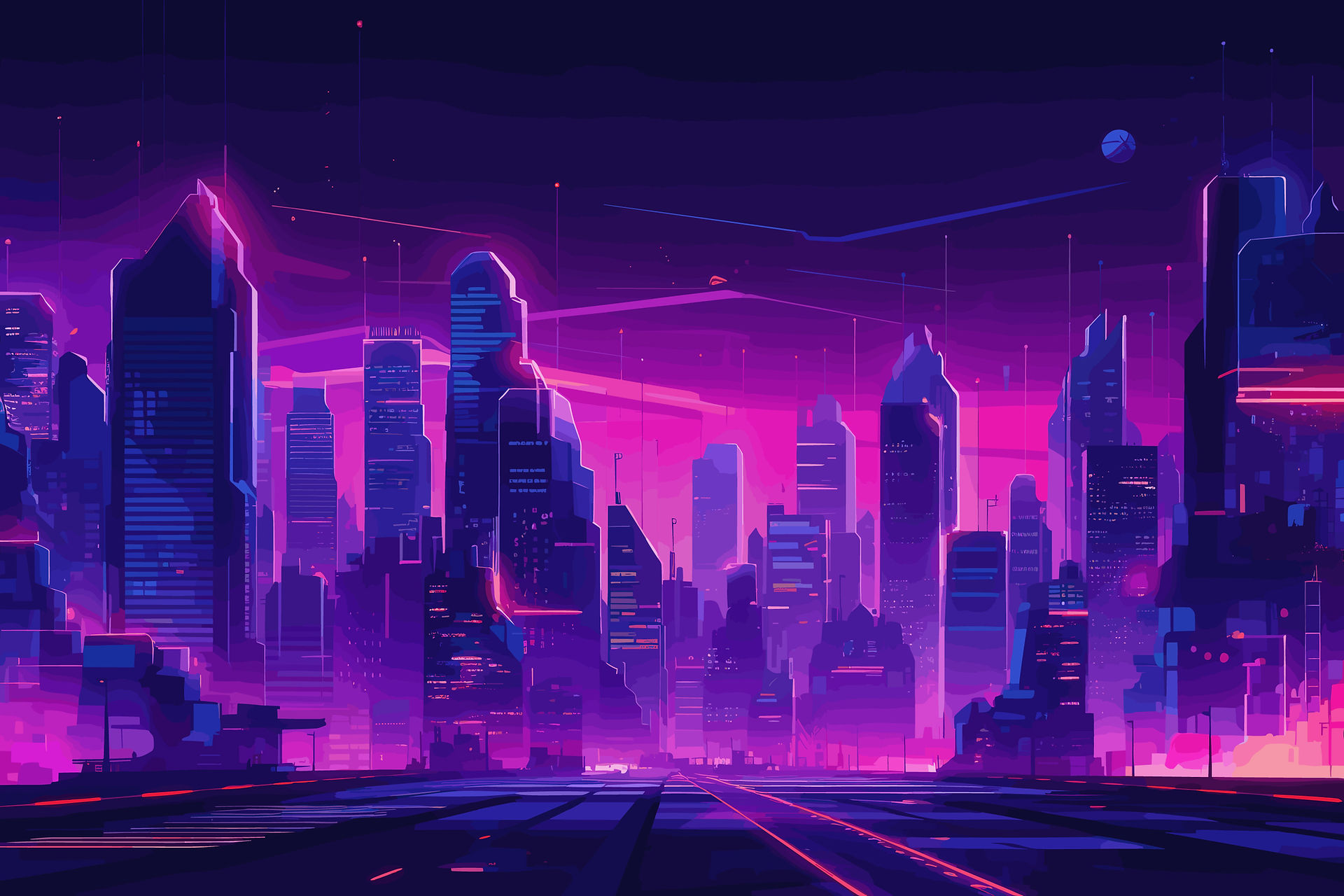

Babylon A.D. (2008)
In a chaotic future ruled by crime and corporate power, a mercenary named Toorop (Vin Diesel) is hired to escort a mysterious young woman from Central Asia to New York. As their journey unfolds, he discovers she carries a secret that could change the fate of humanity. Directed by Mathieu Kassovitz and starring Vin Diesel, the film suffered from heavy studio interference, with the director later disowning the final cut. Despite this, it presents a gritty vision of a dystopian world shaped by technology, war, and genetic manipulation.

Blade Runner (1982)
In a rain-drenched Los Angeles of 2019, bioengineered humanoids known as replicants are used for off-world labor. When a group of them escapes back to Earth, retired blade runner Rick Deckard (Harrison Ford) is tasked with hunting them down — but his mission leads him to question what it means to be human. Directed by Ridley Scott and based on Philip K. Dick’s novel Do Androids Dream of Electric Sheep?, the film was a critical and commercial underperformer at release but grew into a cornerstone of cyberpunk cinema, praised for its philosophical depth and iconic visual design. Its legacy was cemented by moments like the replicant Roy Batty’s final monologue: “All those moments will be lost in time, like tears in rain.

Blade Runner 2049 (2017)
Thirty years after the events of the original film, a blade runner named K (Ryan Gosling) uncovers a long-buried secret that could destabilize society. His investigation leads him to Rick Deckard (Harrison Ford), missing for decades, and to deeper questions about identity, memory, and what it means to be alive. Directed by Denis Villeneuve, the film was praised for its stunning cinematography, philosophical depth, and respectful continuation of the original’s themes. Its worldbuilding expanded the cyberpunk mythos and solidified the franchise’s influence on sci-fi cinema. Many fans and digital artists have used scenes from the film in visual remixes and music videos. Notably, the track Memory Reboot by Narjent went viral across platforms in recent years, often accompanied by K’s loneliest moments, emphasizing the film’s emotional and atmospheric resonance.

Brainstorm (1983)
A team of scientists develops a revolutionary device that records and plays back human experiences directly into the brain. When one of them dies while recording her final moments, the surviving team members race to unlock the tape — and confront the dangers of pushing consciousness beyond its limits. Directed by Douglas Trumbull, known for his visual effects work on 2001: A Space Odyssey, the film gained additional notoriety due to the tragic death of actress Natalie Wood during production. It explores themes of death, memory, and the merging of human minds with technology.

Brazil (1985)
In a dystopian bureaucratic society obsessed with paperwork and surveillance, low-level employee Sam Lowry (Jonathan Pryce) dreams of escaping his monotonous life through vivid fantasies. When a clerical error leads him to a woman from his dreams, he becomes entangled in a chaotic struggle against the system. Directed by Terry Gilliam, the film is a darkly comedic critique of totalitarianism, often compared to Orwell’s 1984. Its surreal visuals, absurdist tone, and nightmarish portrayal of bureaucracy have made it a cult classic within the cyberpunk and dystopian canon.

Burst City (1982)
In a post-industrial Tokyo, punk gangs clash with corrupt corporations and biker factions near the site of a new nuclear power plant. Amid the chaos, music, rebellion, and cybernetic aesthetics collide in a frenzied vision of urban decay and anti-authoritarian spirit. Directed by Gakuryū Ishii, the film blends punk rock performances with dystopian imagery and frenetic editing, laying the groundwork for Japan’s cyberpunk cinema. Though experimental, its influence can be felt in later works like Tetsuo: The Iron Man and Akira.